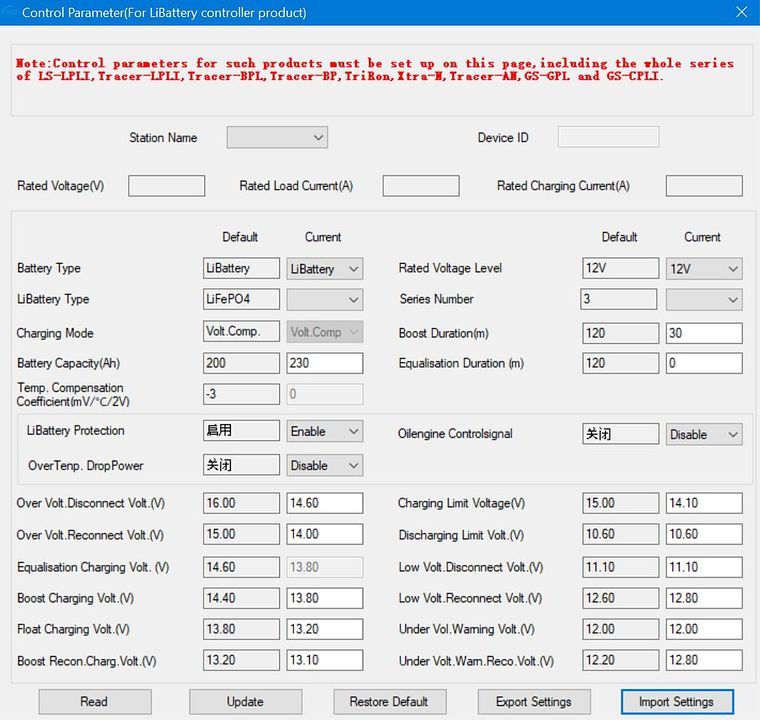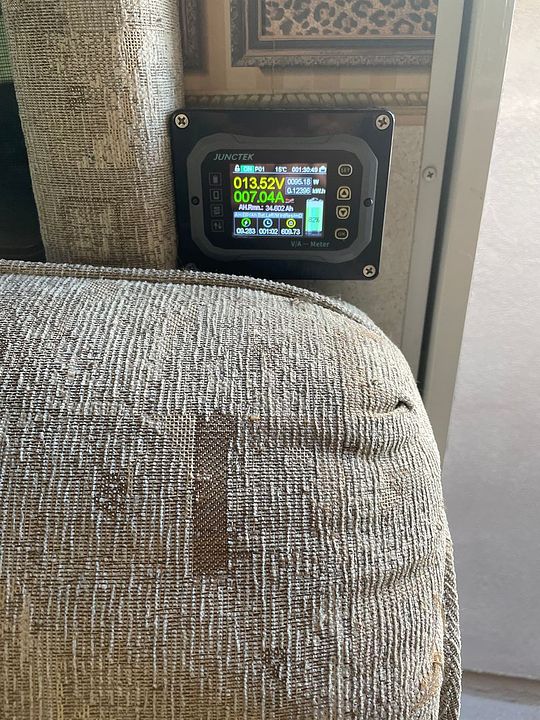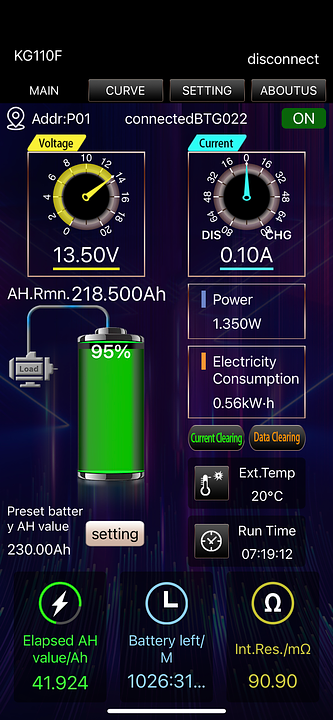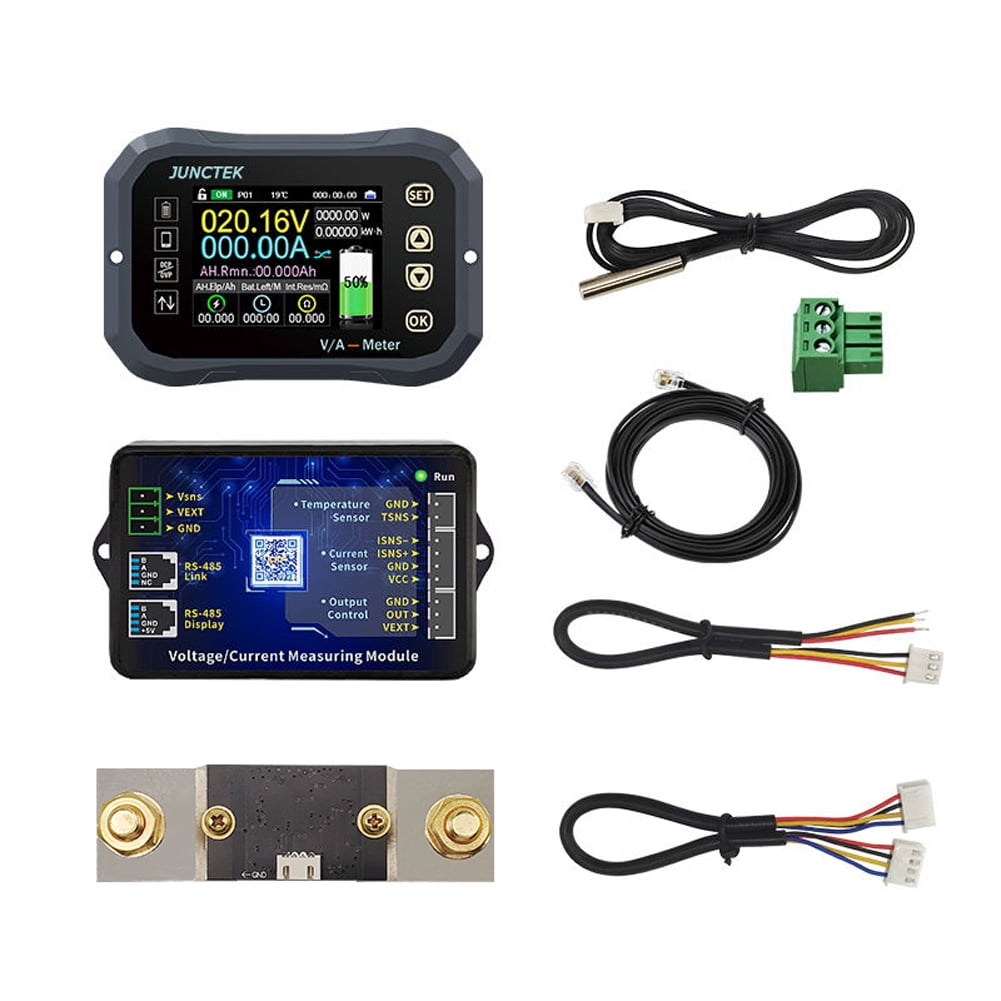So, I uploaded the battery config that was suggested above. Seems to have saved. That said on my battery monitoring main screen the max and min voltages are something different. Is this just like the max and min of the day?
Yes, min and max voltage for the duration of the monitoring session.
What does 'something different' mean? Different from your charge voltage settings?
The battery voltage displayed on the controller or recorded in the log, is simply what the controller is reading from the battery. Mostly it's not that accurate either, as mentioned it measures your battery voltage with the charge current on top. It's most accurate on float or when charging is terminated. Your battery will always settle back some at rest.
My pack is sitting at 13.3V and bms says it's at 98% full - 228Ah of 230 left.
My system is installed in a Winnebago motorhome, which sits parked mostly, and it can get rather warm here in southern CA. So my 'in storage' parameters are below - any loads bring SOC down to about 60-70% and will just maintain or float there. Tracer has a default re-boost every 7 days. The boost duration is a little longer because it's a low 13.8V, which gives it some time to feed more amps in before it floats again.
If we're going to be using the coach I load the control parameters from above.

Having a shunt meter makes all the difference - it measures amps in and out and gives an accurate SOC:






